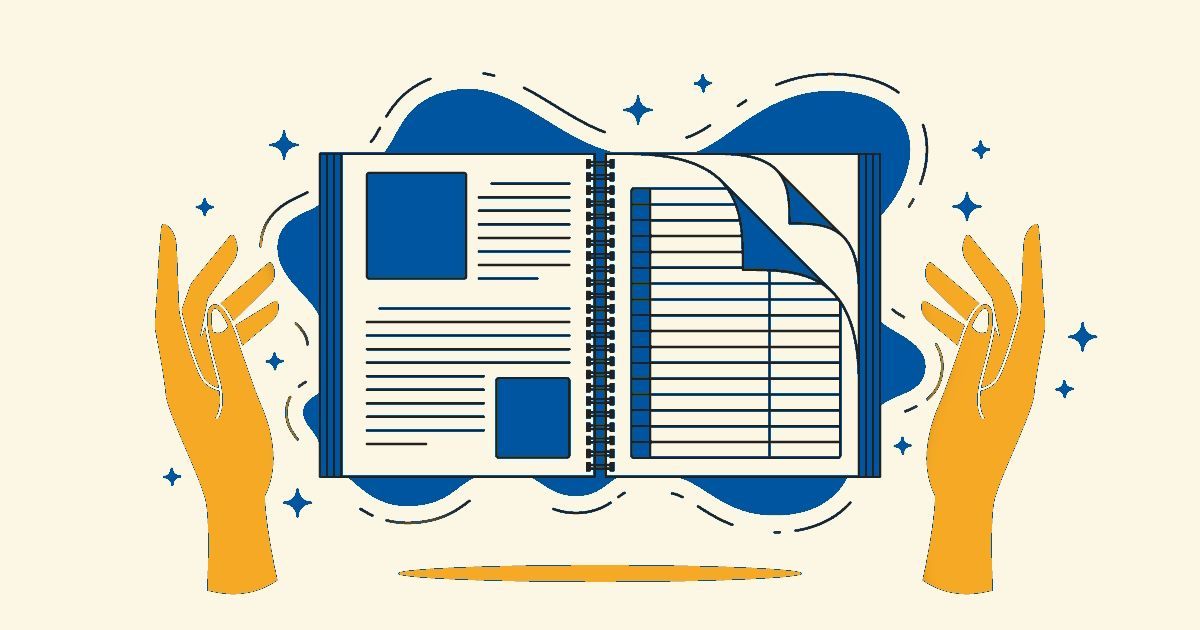Characteristics of High Performance Teams
Individual commitment to a group effort - that is what makes a team work, a company work, a society work, a civilisation work.
Vince Lombardi

High-performance teams share a wide range of qualities—but four characteristics consistently stand out as essential: excellent communication, goal orientation, flexibility, and commitment. These traits form the foundation of a team that can consistently deliver outstanding results.
1. Excellent Communication
At its core, communication is about sharing thoughts and ideas clearly and effectively. It can take many forms—verbal, written, and nonverbal—and it is the backbone of any successful relationship, including within a team. Poor communication is often the root cause of conflict or inefficiency, typically arising from misunderstandings or unclear messaging. High-performance teams prioritise clear, respectful, and consistent communication to prevent issues and strengthen collaboration.
2. Goal-Oriented
Goals provide direction, focus, and motivation. They can be tangible (like launching a new product) or intangible (like developing new skills). What sets high-performance teams apart is their laser focus on shared objectives. They work collectively to achieve outcomes that are aligned with the organisation’s broader mission. Importantly, effective teams ensure their goals are SMART—Specific, Measurable, Achievable, Relevant, and Time-bound.
3. Flexibility
Adaptability is a hallmark of high-performance teams. Members understand the steps required to achieve their objectives but remain open to adjusting their approach if circumstances change. This flexibility extends to leadership as well—roles often shift depending on who is best equipped to guide the team at a given stage. Similarly, individual responsibilities may evolve from project to project, ensuring the team remains agile and efficient.
4. Commitment
Commitment is the glue that holds a high-performance team together. Members are not only dedicated to their tasks but also to the success of their colleagues, their team as a whole, and the organisation. This sense of loyalty fosters engagement, accountability, and a drive to achieve the best possible outcomes. Much like a parent’s commitment to their child’s success, these teams are deeply invested in collective achievement.
Part 3 of 5






















